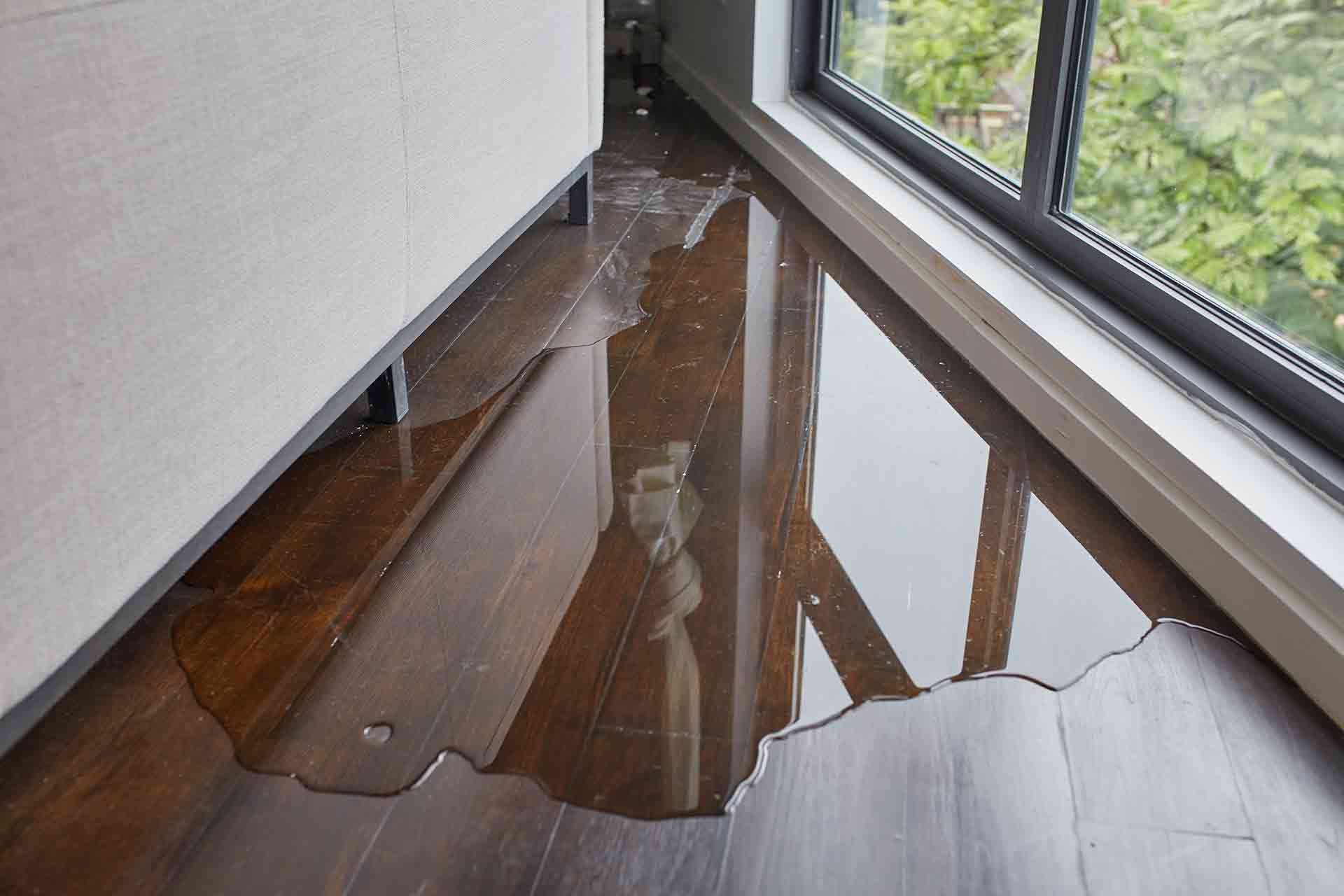Bathroom Water Damage - Ways To Stop This Happening
Bathroom Water Damage - Ways To Stop This Happening
Blog Article
Do you find yourself on the lookout for help around How to Repair and Prevent Bathroom Water Damage?

The restroom is very prone for wet buildup and also potential water damage due to the frequent use of water in it. This short article provides basic assessment strategies to aid finding water damages threats.
The constant use water in the washroom makes it exceptionally at risk for wet buildup and also possible water damages. By checking it frequently, you can decrease water related damages.
The following collection of examinations is very easy to execute and also must be done when in every three months in order to keep your bathroom healthy and also to stop prospective water damages caused by the bathtub, the shower, pipeline joints and also plumbing, sinks, cupboards, as well as the toilet
Do not neglect executing these examinations as well as be extensive while doing them. Keep in mind that these straightforward examinations can conserve you a lot of money by giving very early indications for water damages
Sinks as well as Cabinets
Sinks as well as cabinets are revealed to wetness as well as humidity day-to-day as well as are frequently overlooked. Evaluate frequently under the sink and on the kitchen counter over it. Repair any kind of drip in the catch as it may recommend drain troubles. Browse the sink, slow draining pipelines may show a blocked drain. Change sink seals if they are broken or loosened.
Tub and Shower
The shower as well as bathtub call for special focus as well as upkeep. Inspect the tiles and also replace if fractured. Ensure that there is no missing out on grout in between the ceramic tiles. Inspect as well as replace split caulking at joints where the walls satisfy the flooring or the tub. Clogged drains and also pipes troubles will protect against the bathtub from drying out and might indicate severe problems underneath the bath tub. Speak with a specialist right away to stop structural damages. Pay attention to discolorations or soft locations around the bathtub wall surfaces as they might indicate an interior leakage.
Plumbing
Signs for water damage are tough to detect considering that the majority of pipes are set up inside the wall surfaces.
Pay special interest to floor covering and wall surfaces dampness and spots as they might indicate an unnoticeable plumbing trouble. Check moisture degrees in adjacent rooms also.
The Bathroom
The commode is a vulnerable water junction. Examine the water lines and also search for leaks around the bathroom seat, in the tube, as well as under the water container. If you detect any type of indications of dampness on the flooring around the toilet, check for leakages in the toilet edge and also tank seals.
Understand that hanging bathroom dish antiperspirants raises the chances for clogs.
How to Prevent Water Damage in Your Bathroom?
Water damage repair is an expensive, meticulous, and lengthy process. Unfortunately, bathrooms are the most susceptible rooms to water damage due to toilets, showers, and sinks. Pipes and fixtures wear out over time and are not immune to damage. But all is not lost, as there are ways to prevent water damage from occurring in your bathroom.
Check Your Plumbing
Nothing lasts forever, especially pipes, which can rust and begin leaking over time. You should periodically conduct pipe inspections and pay attention for any musty smells or water stains that may indicate you need water damage repair. Here are some things to check:
Frequently test valves for your toilet, shower, and sink to ensure they are properly working. Check faucet supply lines hidden under vanities and replace when needed. Replace cracked or deteriorating caulking along sinks, tubs, and showers. If you notice a clog in your sink, call in a professional. Since you can’t check the pipes in the wall, keep an eye out for stains, drywall bubbling, musty smells, and excess moisture; if the bathroom is on a second level, check the ceiling of the room directly below for these signs. Don’t Overwork Your Toilet
One of the most common reasons bathrooms need water damage repair is due to overflowing toilets. Save yourself the hassle of cleanup by being mindful and not pushing your toilet to extreme limits. If you have young children, it is especially important to keep an eye on them when they are in the bathroom and to teach them how to avoid clogging the toilet. Here are some more tips to help prevent your toilet from overflowing:
If you have a septic tank, only use septic-safe toilet paper Do not flush anything down the toilet besides toilet paper; items like diapers and sanitary napkins will clog the piping Pay attention to your toilet’s water level: If it’s low, it could mean it is partially clogged or that there is a crack in the toilet bowl Maintain Your Shower/Tub
Replace showers or tubs with cracks or other damage; even hairline cracks can allow water to seep in and cause damage. Grout and caulk help prevent water from seeping into walls and floors, so repair them if they are chipped, cracked, or deteriorating. Replace torn shower curtains or shower doors with seals that no longer work. Dry the floor and drain water from the tub immediately after use to prevent damage from sitting water. https://www.alure.com/home-improvements-blog/resources/how-to-prevent-water-damage-in-your-bathroom

I recently found that blog post on Preventing Water Damage in the Bathroom while doing a search on the search engines. Do you know about somebody who is sincerely interested in Looking for Signs of Water Damage in the Bathroom? Please feel free to share it. Many thanks for your time. Please come by our blog back soon.
Find Out More Report this page